On October 11, 2024, the People's Committee of Quang Tri province issued a master plan for the development of medicinal herbs in the province until 2026, with a vision to 2030. In the long term, this plan aims to reorganize production, plan concentrated and large-scale medicinal herb production areas, promote the formation of value chain linkages, production linked to processing and consumption of products, synchronously apply scientific and technical advances in production, preliminary processing, processing, building product brands and consumption markets.
Customers learn about products of An Xuan Organic Medicine Company Limited (Cam Tuyen commune, Cam Lo district) - Photo: D.T
Up to now, the whole province has 3,555 hectares of medicinal herbs planted and grown in nature, distributed mostly in the province, mostly concentrated in the districts of Huong Hoa, Dakrong, Cam Lo, Gio Linh, Vinh Linh. By June 2024, Quang Tri province has 113 OCOP products, of which 42 products have achieved 4 stars, 71 products have achieved 3 stars. The province's typical products, especially OCOP products that have been ranked, including medicinal products, have been improved in quality, diversified in design, packaging, ensuring conditions, regulations on stamps, labels and product traceability.
In addition, in order to orient and create a foundation for the development of medicinal economic activities , in recent times, the province has established basic foundations in terms of infrastructure, human resources, and technology, gradually shaping the development of the medicinal economic sector. Experiential tourism and ecotourism have also begun to develop with the number of tourists increasing over time, especially in Huong Hoa district. This creates favorable conditions for developing medicinal tourism experiences based on the available number of visitors without having to develop the market from scratch like in many other places.
From now to 2030, Quang Tri province has set specific targets for the medicinal plant economy as follows: The area of medicinal plant cultivation in the whole province will reach 4,500 hectares by 2026. Of which, 1,000 hectares will be newly planted (200 hectares of concentrated planting, 800 hectares of planting under forest canopy); reaching 7,000 hectares by 2030 (2,500 hectares of newly planted, including 1,000 hectares of concentrated planting, 1,500 hectares of planting under forest canopy). Strive to increase the value of the medicinal plant industry by 1.5 times by 2026 and by 2-3 times by 2030.
Develop Quang Tri medicinal value chains, supply chains and high-quality products/services, stable in quantity and quality, reducing intermediate costs. Build and upgrade at least 10 new cooperatives and enterprises (Cooperatives/Enterprises) participating in preliminary processing, processing, and preservation of products originating from medicinal herbs by 2026, of which at least 60% of Cooperatives/Enterprises operate legally and 10 more Cooperatives/Enterprises by 2030. At least 2 chains will be formed by 2026 and 3 more chains by 2030.
Developing the Quang Tri medicinal plant industry in a customer-oriented manner: Medicinal plant products are valued and competitive in both domestic and international markets. Medicinal plant tourism services attract domestic and international customers. There will be at least 1 key enterprise in the province by 2026 and 4 key enterprises by 2030, each key enterprise in charge of at least one strategic medicinal plant. There will be at least 1 end-of-chain enterprise model with capital contributed by medicinal plant growers by 2026.
Focus on marketing Quang Tri medicinal herbs: The province's medicinal herbs products are known to be clean, high quality, transparent and delivered to target customers most conveniently. 20% of products can be traced along the chain by 2026 and 80% by 2030. The ratio of B2B customers along the value chain (with agreements, long-term contracts)/total customers accounts for at least 30% by 2026 and 60% by 2030.
Regarding plant species, the province focuses on prioritizing the development of 20 species and 1 group of medicinal plants, which the community calls “key medicinal plants”, including: Group 1 is large-scale medicinal plants, distributed in many provinces (national level). These medicinal plants have a large market size and can be exported due to their versatility, such as cajuput.
Group 2 is the province's strong plant (provincial level): The province's typical medicinal plant is Che Vang. Group 3: includes 9 species of medicinal plants that have been successfully developed in the province but are also developed in many places in the country, with limited market scale such as turmeric, 5-veined Melaleuca, lemongrass, Gymnema Sylvestre, Gynostemma pentaphyllum, Bo Chinh ginseng, Solanum procumbens, Ganoderma lucidum, Cordyceps. Of which, 1 species is listed in the List of 100 medicinal plants prioritized for development according to Decision No. 3657/QD-BYT, dated August 20, 2019 of the Ministry of Health (Gymnema Sylvestre).
Group 4: includes 9 species that are a group of plants with strengths that need to continue to be tested and evaluated, from which to serve as a basis for development such as cinnamon, an xoa, seven-leaf one-flower, red polygonum, purple khôi, sâm cau, dang sam, am nhân, and lan kim tuyen. Group 5 includes a group of plants specific to the community (number of species unknown) which are plants/animals/products of ethnic minority communities, especially medicinal plants of the Van Kieu and Pa Ko ethnic groups. These plants/animals are selected to be associated with products, according to the OCOP cycle.
The oriented products of the province's medicinal plant economy are products belonging to the OCOP industry (food, beverages, medicinal plants, souvenirs - handicrafts) and tourism services. Enterprises, cooperatives, cooperatives, farm owners, households, individuals participating in cultivation, preliminary processing, processing, preservation, consumption of products, and provision of services in the province related to 20 species and 1 group of community medicinal plants are considered the subjects implementing this plan.
The master plan is divided into two main phases, of which phase 1, from 2024 to 2026, focuses on forming an ecosystem and a basic foundation for the development of the province's medicinal economy. Experimental planting of some new species that have not been confirmed to be suitable and have competitive advantages in the province such as cinnamon, seven-leaf one-flower...
Connecting along the value chain, initially forming at least 1 center for conserving the genetic resources of key plant species, from which to select and produce varieties. Phase 2, from 2027-2030, focuses on expanding the scale of growing areas according to demand, established chains and relationships; expanding the area according to minimum standards (GACP-WHO), high standards (Organic, Fairtrade); upgrading factories; deploying the application of technologies in production and business to reduce costs and increase business efficiency according to the orientation of the medicinal product value map. Building the Quang Tri medicinal product brand: Completing the elements in the Quang Tri medicinal product value map.
Quang Tri province also proposed 7 main tasks and solutions in implementing the transition to a "medicinal economy", including: Focusing on research, promoting the exploitation of large-scale medicinal plant development potential; selecting medicinal plants with strengths; shifting from "medicinal plant cultivation" to "medicinal plant economy"; orienting and positioning the Quang Tri medicinal plant industry; forming a marketing system in developing the Quang Tri medicinal plant industry; improving knowledge and skills for managers and support staff of the Quang Tri medicinal plant industry; building and maintaining a system of linking appraisal of production and business conditions, appraisal and testing of medicinal plants and medicinal plant products.
Duc Tan
Source: https://baoquangtri.vn/quang-tri-dinh-huong-phat-trien-kinh-te-duoc-lieu-ket-hop-dich-vu-du-lich-nong-nghiep-190113.htm


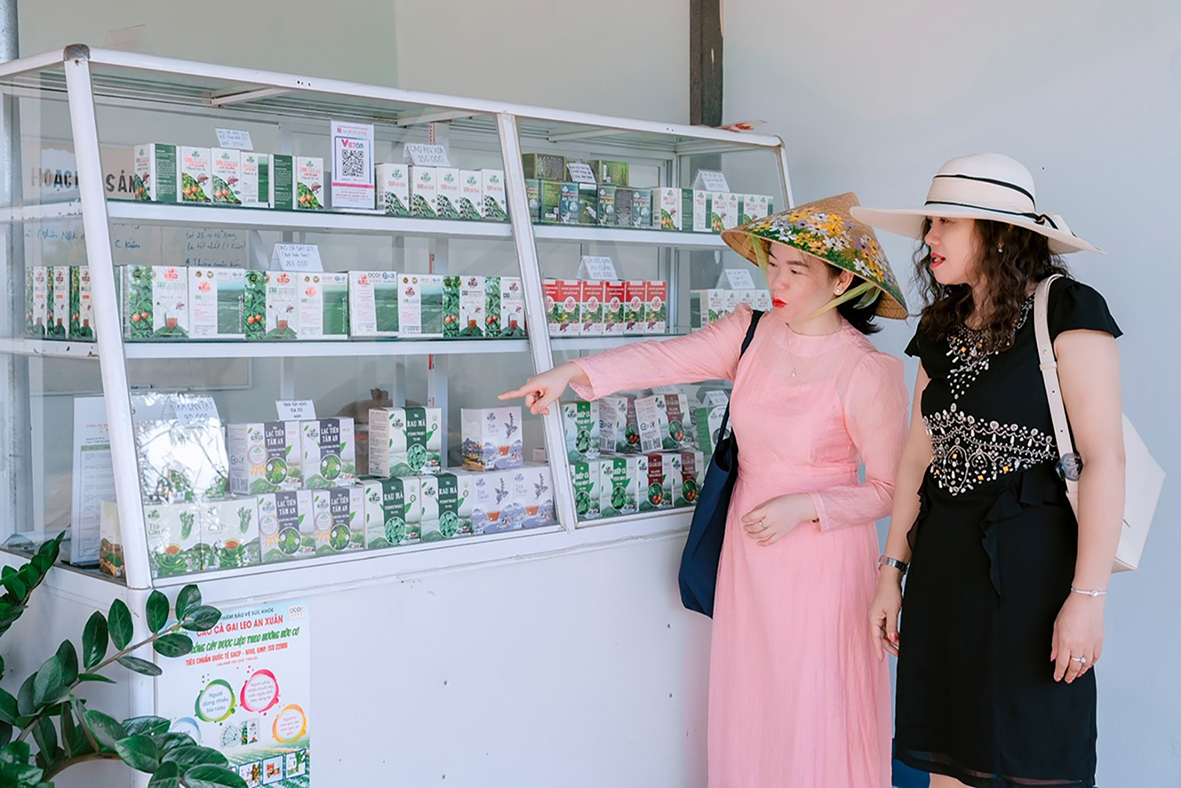

![[Photo] Prime Minister Pham Minh Chinh meets with Speaker of the Hungarian National Assembly Kover Laszlo](https://vphoto.vietnam.vn/thumb/1200x675/vietnam/resource/IMAGE/2025/10/20/1760970413415_dsc-8111-jpg.webp)
![[Photo] Da Nang residents "hunt for photos" of big waves at the mouth of the Han River](https://vphoto.vietnam.vn/thumb/1200x675/vietnam/resource/IMAGE/2025/10/21/1761043632309_ndo_br_11-jpg.webp)
![[Photo] Prime Minister Pham Minh Chinh received Mr. Yamamoto Ichita, Governor of Gunma Province (Japan)](https://vphoto.vietnam.vn/thumb/1200x675/vietnam/resource/IMAGE/2025/10/21/1761032833411_dsc-8867-jpg.webp)


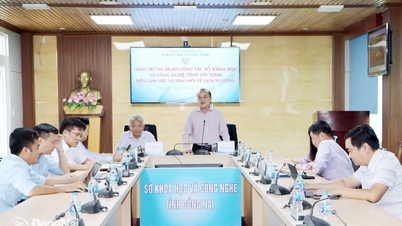





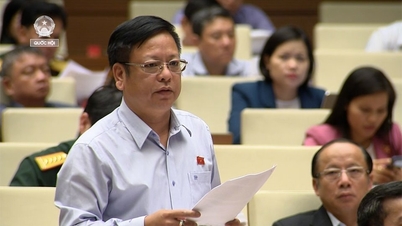




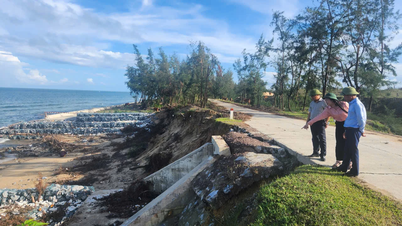


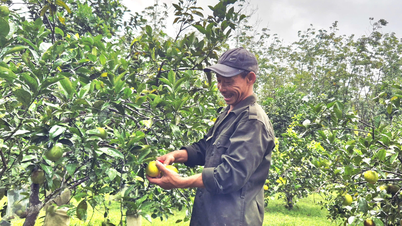
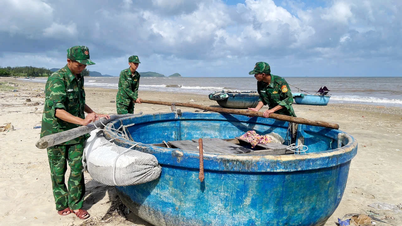
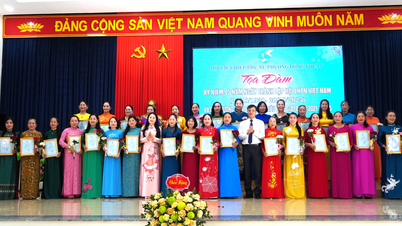
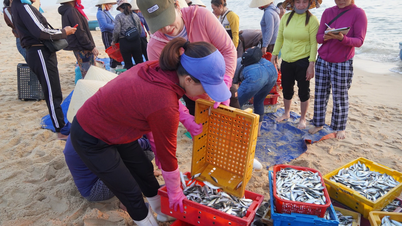




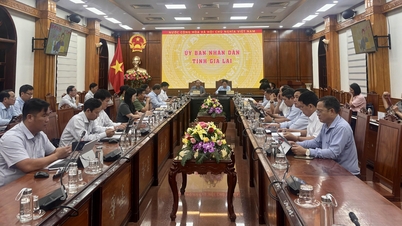
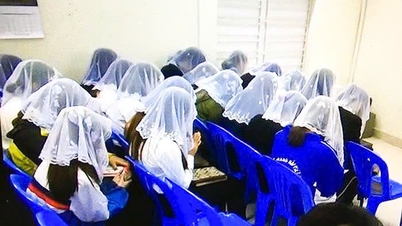




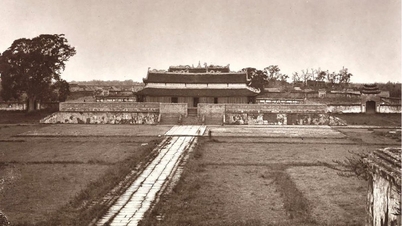

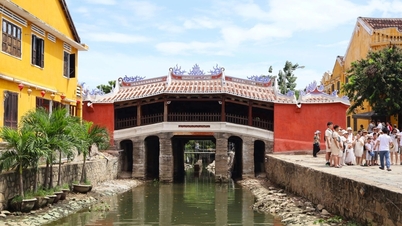





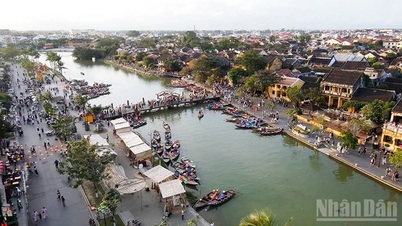






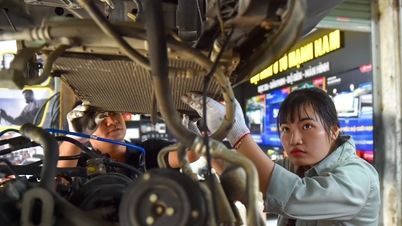

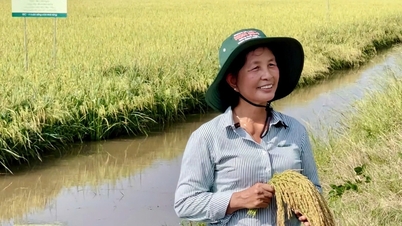

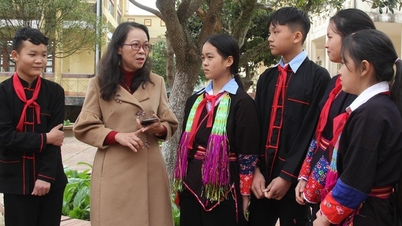

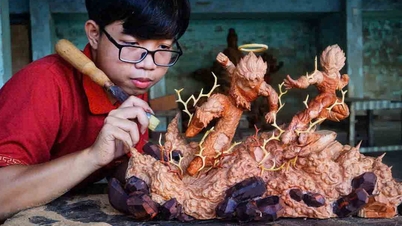


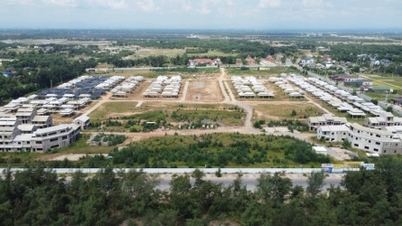

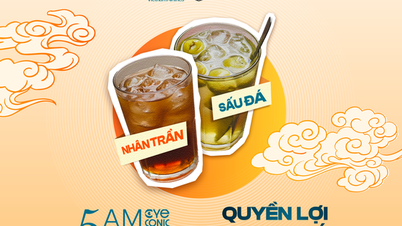






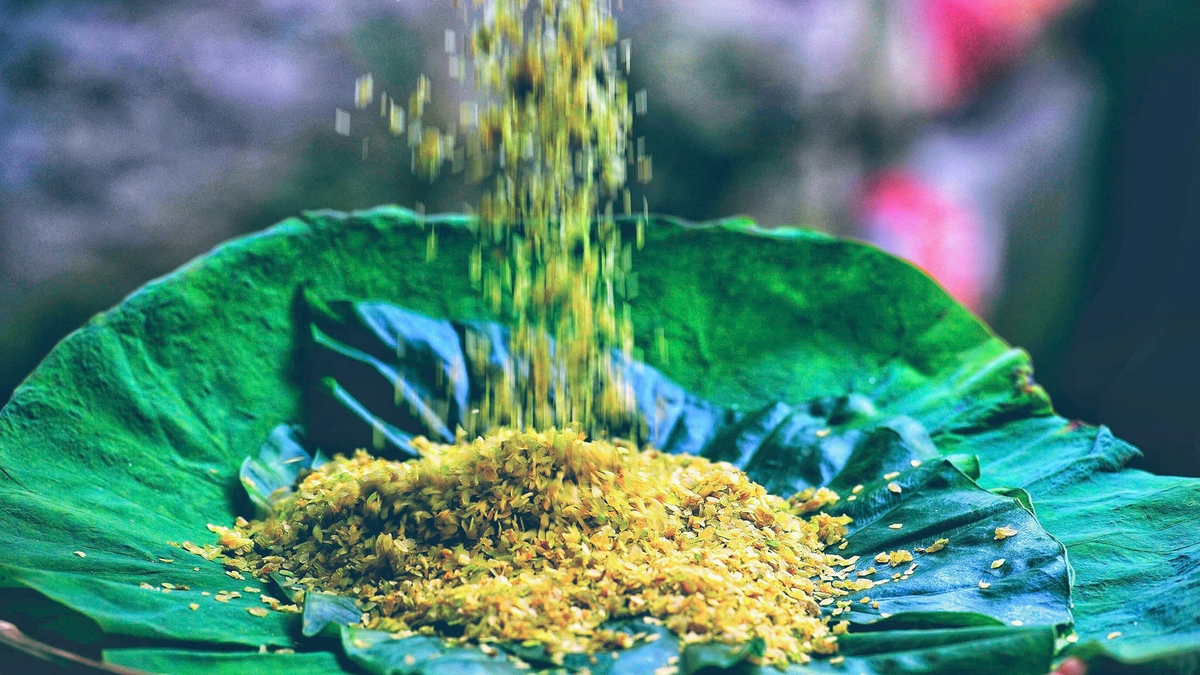









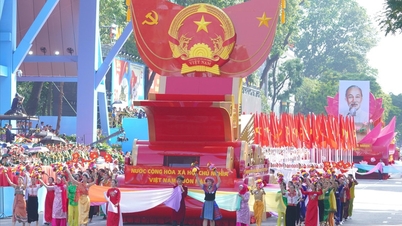
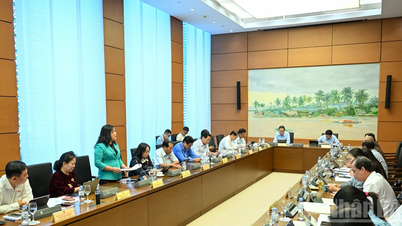








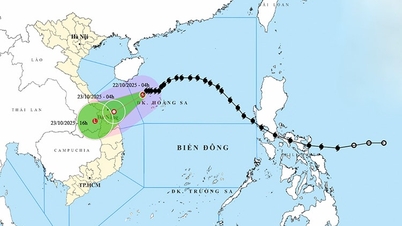

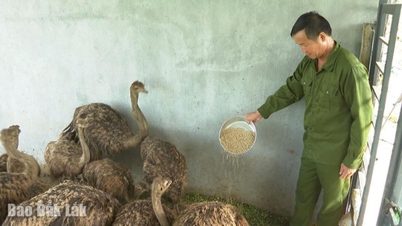

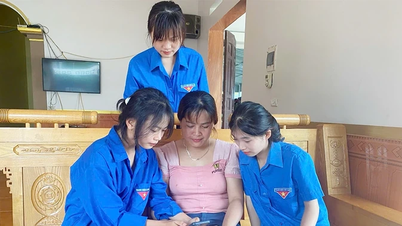


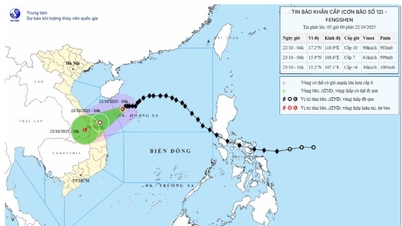

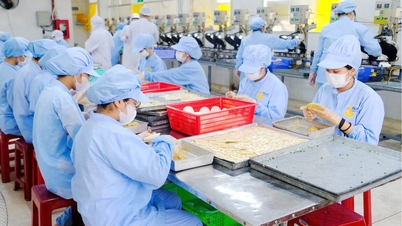






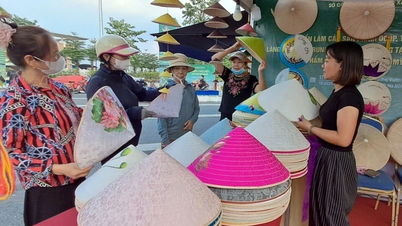
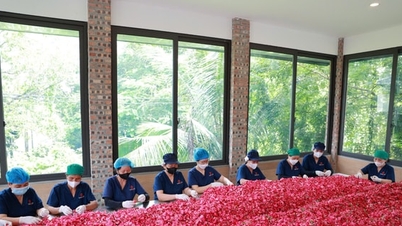




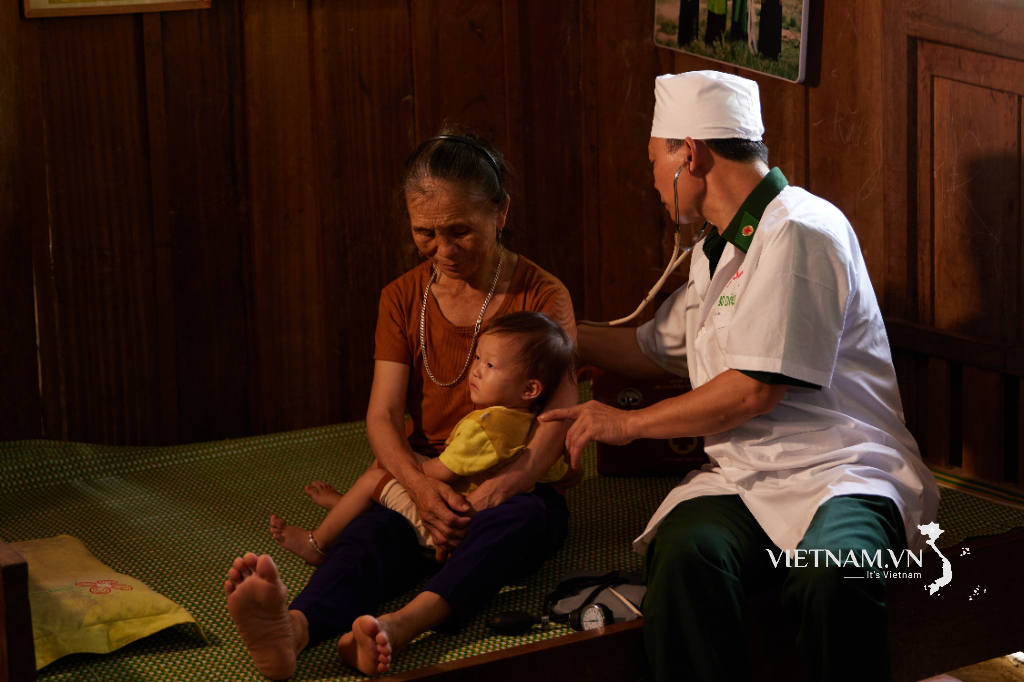

Comment (0)